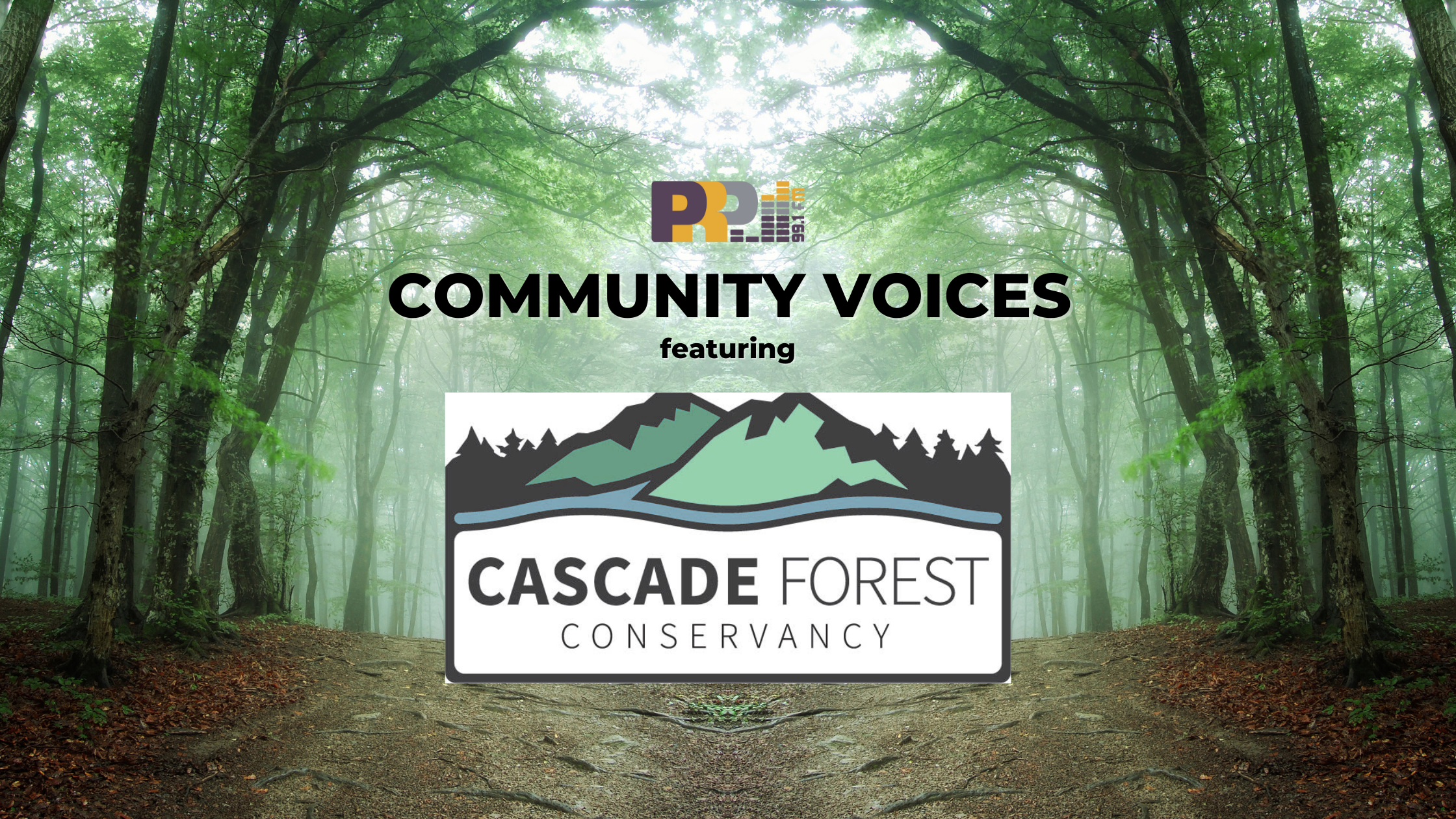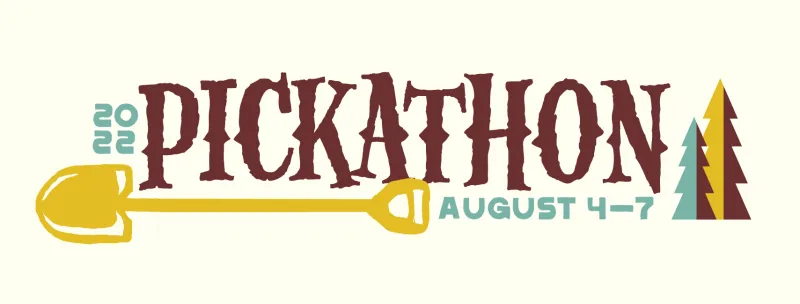Source: Eric Mortenson / Capital Press
Oregon’s contentious, restrictive, complicated land-use system is generally favored by urbanites but opposed by rural residents, right?
A new statewide survey suggests maybe not.
The Oregon Values and Beliefs Project, a survey intended to take the civic pulse of a wide spectrum of Oregonians, indicates even the much cited “urban-rural divide” is not as deep as the media and political activists sometimes portray.
Asked about the statement, “New population growth will be directed toward existing cities and towns, not into natural areas and farmlands,” 58 percent of respondents said such a trend is desirable, compared to 15 percent who found it undesirable and 21 percent who described themselves as neutral.
Jason Miner, executive director of 1000 Friends of Oregon, said the survey shows Oregonians strongly support what he called both sides of the land use coin: Conserving productive farm and forest land for those uses, and directing growth into existing urban areas rather than sprawling into the countryside.
1000 Friends is an advocacy group that supports the principles of Senate Bill 100, the pioneering Oregon land-use bill state legislators approved 40 years ago. The law requires cities to establish urban growth boundaries, and restricts development on land zoned for farm and forest areas, or set aside as natural resource land.
The law has been subject to back and forth lawsuits and ballot measures over the years, but has largely remained intact. Due to development restrictions and the requirement to establish growth boundaries, Oregon cities are marked by stark transitions from urban to rural. Even at Portland’s edges, it is possible within a few minutes’ drive to travel from suburban strip malls to rolling farmland.
The flip side is that many rural landowners have had their development options reduced or eliminated.
Nonetheless, the survey found broad support for the state’s effort to manage growth. Sixty-six percent of respondents consider protection of productive farm and forest land “very important” or “somewhat important.” The same percentage agreed new development should occur within existing cities and towns to save farmland and stop sprawl.
The results are drawn from three statewide surveys conducted in April and May 2013. Roughly 4,000 residents, chosen at random, responded to telephone or Internet polls. The sponsors included Oregon State University, Oregon Public Broadcasting and Oregon Health & Science University. Interviews were completed in five geographic regions — Central, Eastern, Portland Metro, Southern, and Willamette Valley — to permit statistically reliable analysis at the regional level, according to the sponsors.
In other findings, 53 percent statewide favor increasing timber harvests in dense, over-crowded stands, and 69 percent of respondents said they are willing to pay more to increase workforce training.
This is the third time the Oregon Values and Beliefs Project has been conducted. Previous surveys were done in 1992 and 2002.
- A Very New Pickathon in 2022 - August 13, 2022
- Pickathon returns to Pendarvis Farm! It’s not just the artists that’ll be new. - August 3, 2022
- July is BIPOC Mental Health Awareness Month (Black, Indigenous, Persons of Color) - July 14, 2022









Leave A Comment